Real-World Translation: Archie Hamilton and Vesaro Racing Simulators

It should be no surprise that today’s top racing drivers often use a simulator to keep their skills sharp and perhaps even learn a thing or two prior to hitting the track. What you might not know is how these simulators help and why the pros lean on them for training purposes.
Vesaro has been making top-tier award-winning simulators for years, incorporating high-tech features built around an ultra-strong hand crafted center core that can be adapted from an entry-level system up to a full triple screen motion physics simulator. Triple screens? They have it. Hydraulic pedals? You betcha. Professional-grade seats that feel just like the one in your race car? Absolutely. And, yes, it’s designed specifically for today’s blindingly fast PC hardware.
But it’s easy to simply extol the virtues of a system as described by the people who built the thing. For a dose of real world opinion, we sat down with Archie Hamilton, Porsche Cup GB driver and no stranger to racing’s podium. He started driving competitively at the age of 11 in karts, working his way through the ranks and grabbing more than a few trophies along the way. The man has been using Vesaro simulators to help him keep focus, develop skills, and maintain a sharp mental state when it comes to racing.
“When you’re racing with a certain number of events a year, the Vesaro simulator really helps me stay sharp before getting to the next race,” Hamilton explains. “I can determine where curbs are on a particular track, for example. It absolutely helps.” In an age where one can literally throw a blanket over the first few rows of cars in terms of their qualifying and lap times, even the slightest advantage could mean the difference between starting near the front and watching the race from the rear.
Pro drivers such as our man Hamilton understandably have their cars set up to exacting specifications, so it makes sense the same level of adjustability is welcomed when they climb behind the wheel of a Vesaro simulator. “The hydraulic pedals help immensely,” says Hamilton, going on to praise “the feel of what they have in the pedals” and, when comparing it to his own race-prepped car, how “you can hit the pedal with a similar pressure”. This is critical for learning proper braking points on a track, he explains. Indeed, the Vesaro pedal plate can be easily adjusted backwards and forwards and up and down to accommodate a wide range of driving styles and body types.
For Hamilton, while a slick set of hydraulic pedals is essential, they’re part of a larger puzzle. “A good motor in the sim steering wheel is important,” he says. “With modern steering wheels, you effectively have the same feel through that as you do in the car.” This makes more than a dose of sense, since pro drivers know how to read the feedback they receive through the wheel and translate that into available levels of grip and other handling attributes during a race. Vesaro configures all of its systems with industry-leading controls.
What about motion? It is a highly recommended feature for drivers looking to get the most out of their sim experience. Vesaro uses D-BOX motion technology, a cutting edge platform that’s actually endorsed by the FIA for training applications. A central core rig is built with full-motion capability in mind, designed to be super strong and rigid. This approach allows owners to start with a non-motion core rig and upgrade at a later time. The system allows owners to scale their rig from a casual simulator to a full motion triple screen system without having to replace the initial investment in a core rig. As for Hamilton, he appreciates being able to adjust the pro-grade seat properly and have the screens around him for an immersive experience.
Speaking of immersive, “You could be on track during a test day and find the marshal post is in the same place in the sim,” says Hamilton of the realism injected into today’s simulators. “It’s totally possible to kind of work out a reference point for braking. They’re never too far off.” That level of realism can significantly improve driving performance in the real world, especially with a bit of advance track knowledge prior to an event in which one has not previously competed.
There is a considerable cost of entry to pro-grade sims like the ones from Vesaro but, as Hamilton points out, one needs to put it in perspective. “If testing costs in the range of 15,000 pounds a day, the team can very quickly recoup that because you can be on the sim every day. Whereas on a track, you’re limited to a lot of variables,” he explains, including time-of-day and other on restrictions that might be out of your control.
“I recommend it 100%. It’s a massive advantage,” says Hamilton. Like most athletes, he says it depends how serious a driver want to want to take their training regimen. Speaking to the importance of being prepared for an event, he describes a “Mental state of being sharp in racing situations around the world,” as one of the key benefits he enjoys from training on a Vesaro simulator. “It even gets addictive,” Hamilton says with a grin you can hear over the phone.
Vesaro is a British design and manufacturing company with its headquarters in the heart of Kent in England. Their products can be found online at their website and in shops belonging to pro racing teams (and many private gearheads) around the world.
Visit Vesaro.com for more information on Vesaro racing simulators.
This is a sponsored article

Living in rural Canada, Matthew has immersed himself in car culture for over 30 years and relishes the thought of a good road trip. A certified gearhead, he enjoys sharing his excitement about cars and is very pleased to contribute at AutoGuide. Matthew is a member of Automotive Journalists Association of Canada (AJAC).
More by Matthew Guy



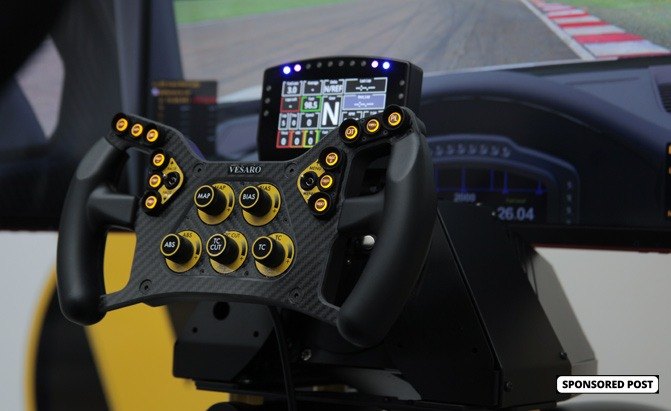







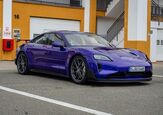







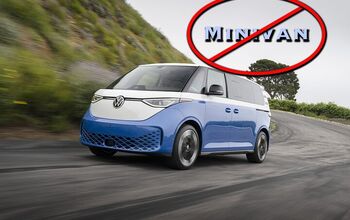


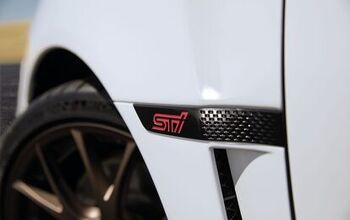



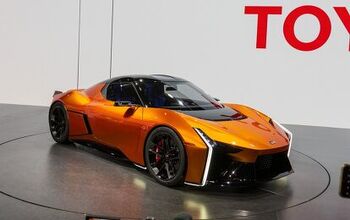








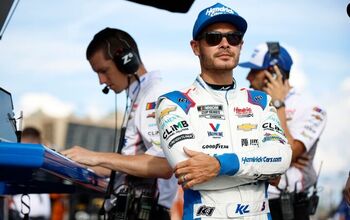
Comments
Join the conversation